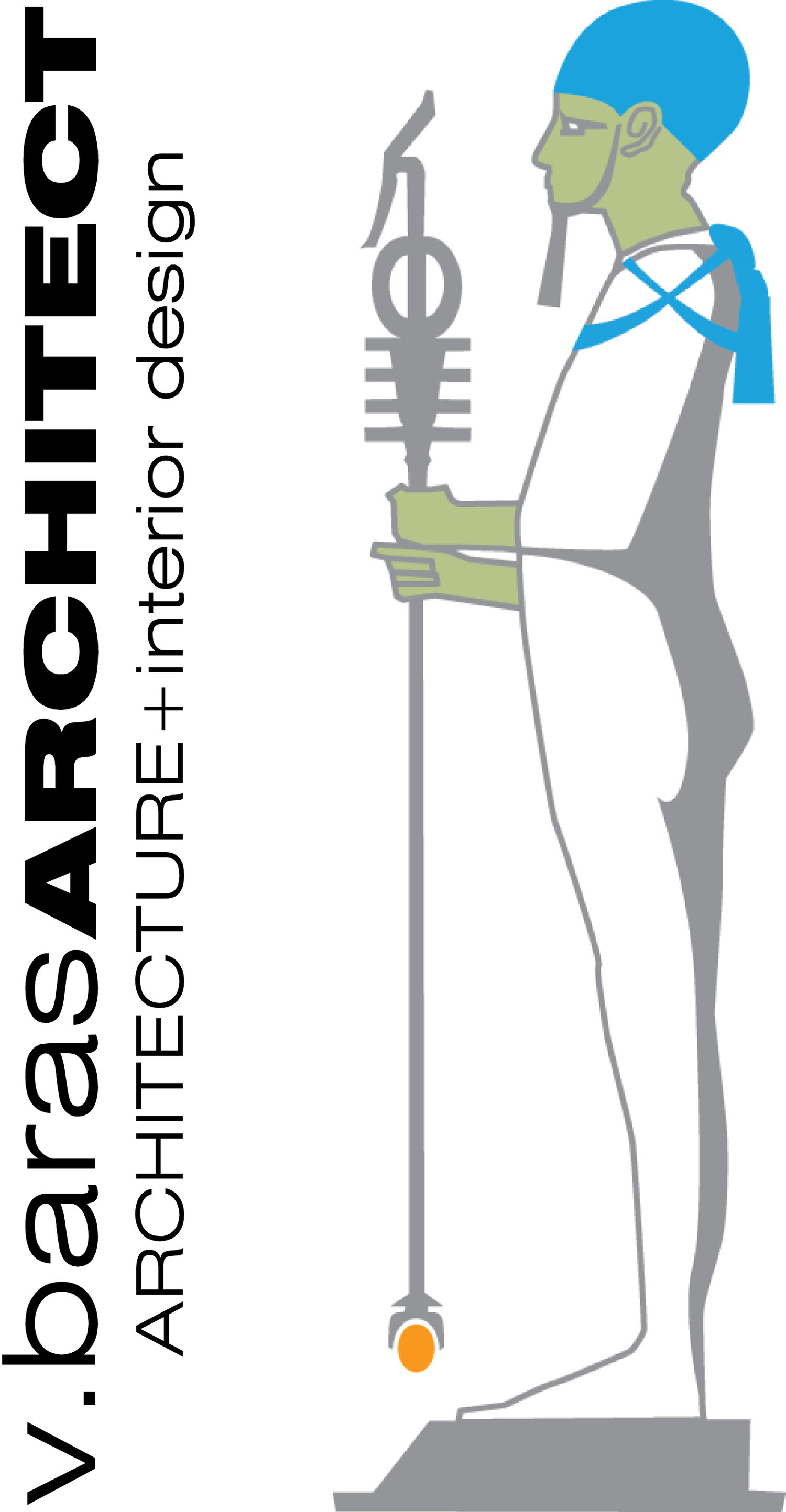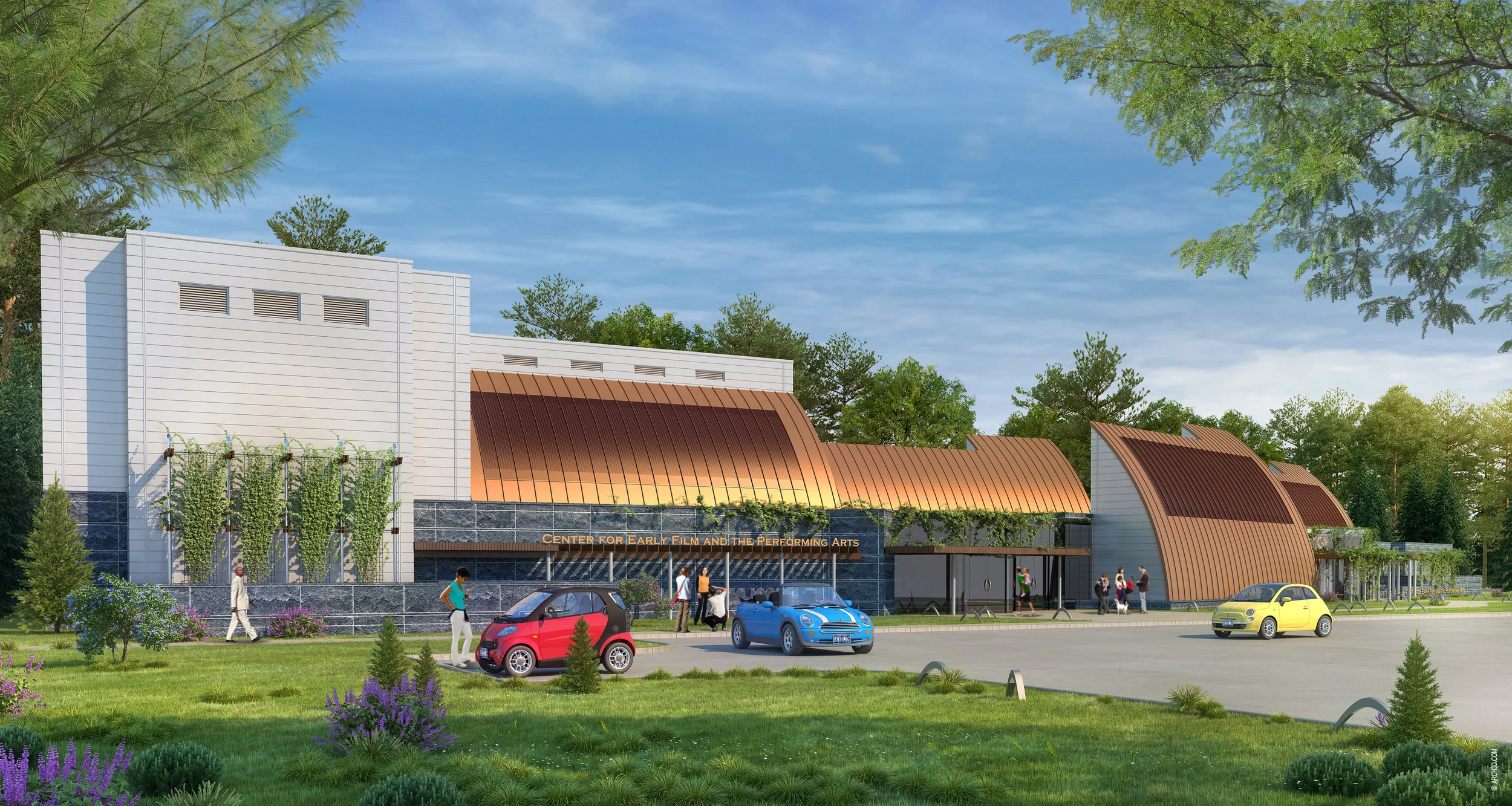Neversink Museum of History & Innovation
Hector V. Muñoz-Baras, Architect
The primary organizing principle for this project sprang from the necessity to control the circulation throughout the museum building from a central vantage point. This functional necessity was given form by the inspiration of a map in the museum which showed a group of divergent railway spurs leading to the central collecting point of Honesdale, PA, where the coal would be off loaded into canal barges which then were floated to Kingston, NY.
The building consists of radiating museum galleries, which emanate from the entry lobby. An administrative wing which includes, a meeting hall and commercial kitchen is on the other side of this central foyer.
The museum not only focuses on the Delaware and Hudson Canal, but on the earliest of film making. Around 1912, D. W. Griffith made some films right in Cuddebackville. This connection inspired the inclusion of a 200 seat theater suitable for live performances as well as film screenings. The complex is intended to act as a community cultural "hub".
The project includes many "green" initiatives such as photo voltaic thin film panels on the south facing roofs, geo-exchange, for heating and cooling, as well as a green "living" roof.



